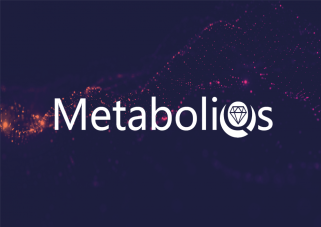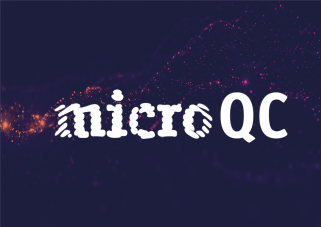
Fertilizer and other quantum computer chemistry
Designing new chemical processes and molecules by new compounds on the computer
Designing new chemical processes and molecules is a crucial driver of human progress. Doing this in the laboratory alone is slow and difficult – would it not be nice to simulate new compounds on the computer? This is the goal of computational chemistry. This faces a challenge: The chemical bond that holds molecules together is itself a quantum phenomenon. To simulate it completely, one needs to store the complete quantum state in a computer memory. Due to the complexity of quantum physics, this often leads to memory problems: While theoretical chemists have found a lot tricks around that problem, there are a few molecules that are just too hard to handle.
This is where a quantum computer comes in: If you store the quantum state of a molecule in a quantum computer, you get away without a memory problem. What is even better: The program that you need to run in order to model the molecule is a good candidate to even be run on the first generation of quantum computers – at least for some molecules as test cases.
The information that can be learned from these simulations has to with various aspects: First of all, we learn the forces between the atoms making up the molecule and from this we can find out its structure. We can also learn how it behaves when it is undergoing a chemical reactions – what happens if we pull on the atoms, if break parts of it. This is important, for example, when we use new materials as catalysts in chemical processes – if we use them to drive chemical reactions in big processes.
A long term goal of this activity is to use quantum computers to fully understand the chemical reactions of Ferredoxin. This is a small group of atoms (two iron and two sulfur) that resists modeling on classical computers. This little group is a big deal, though: It is expected that it can be used to fixate nitrogen with low energy. This means it can be used to take nitrogen out of the air put it into a new molecule. This is something humankind really needs, it is the key step of producing fertilizers. Nowadays, this is done by a hot and energy-consuming method called the Haber-Bosch process, which takes so much energy that it is responsible for 2-3% of the global CO2 emissions. It is thus a worthy goal for humankind to put a lot of research ressources in there – it may just take a quantum computer to do it.
This is an example of a quantum computer as a research tool, whose results benefit humankind without even seeing the machine.



